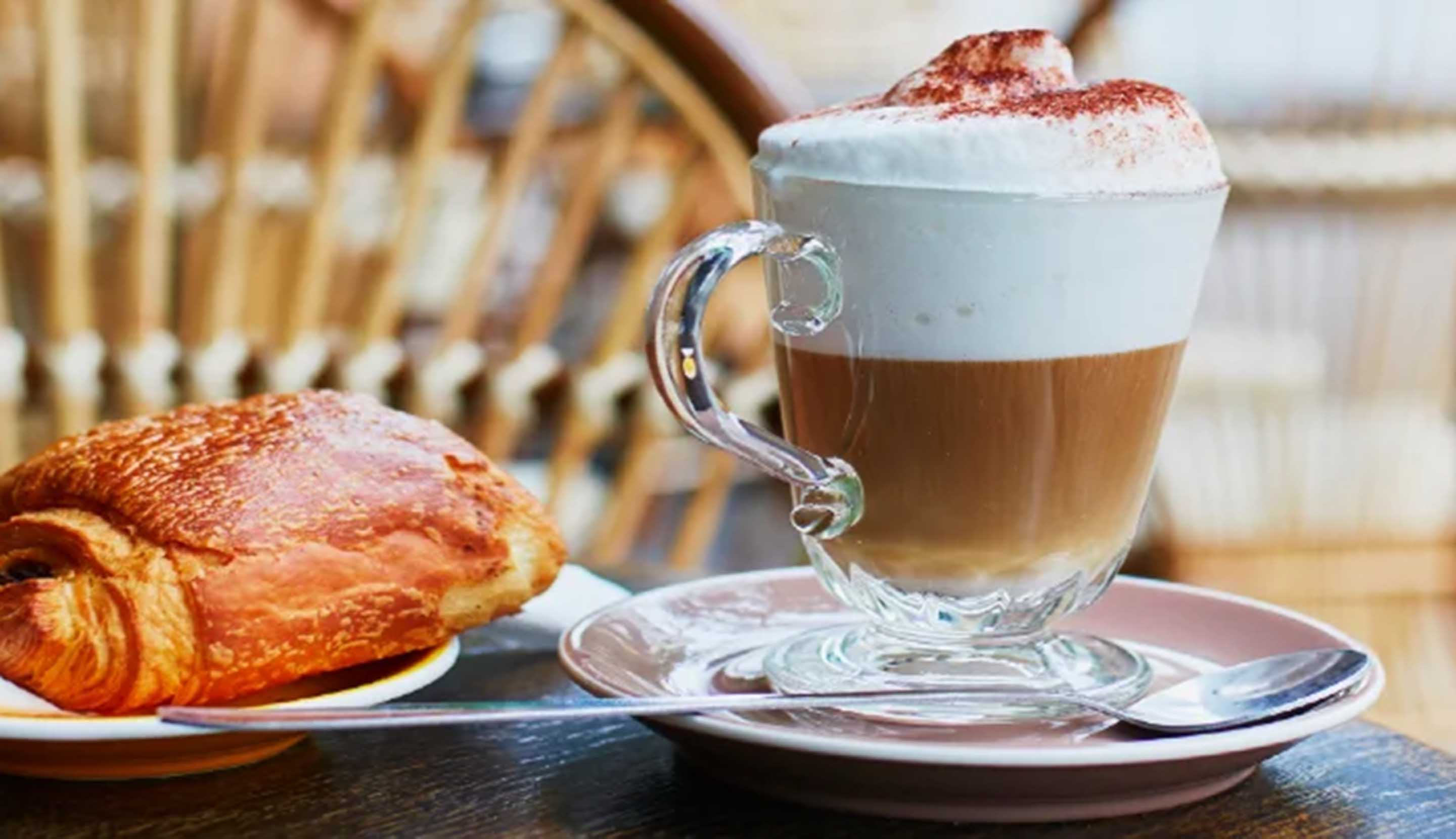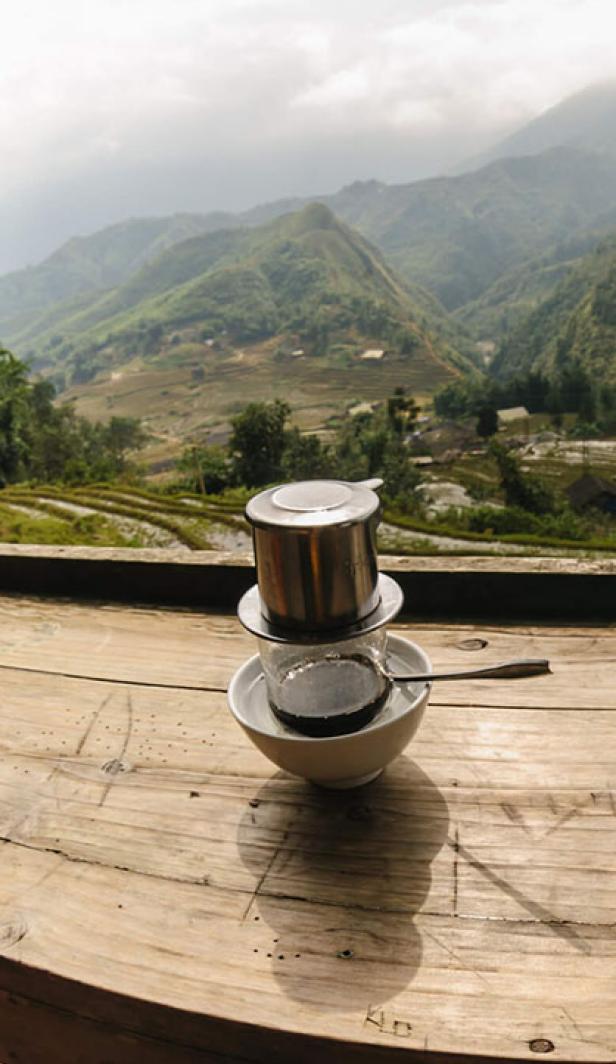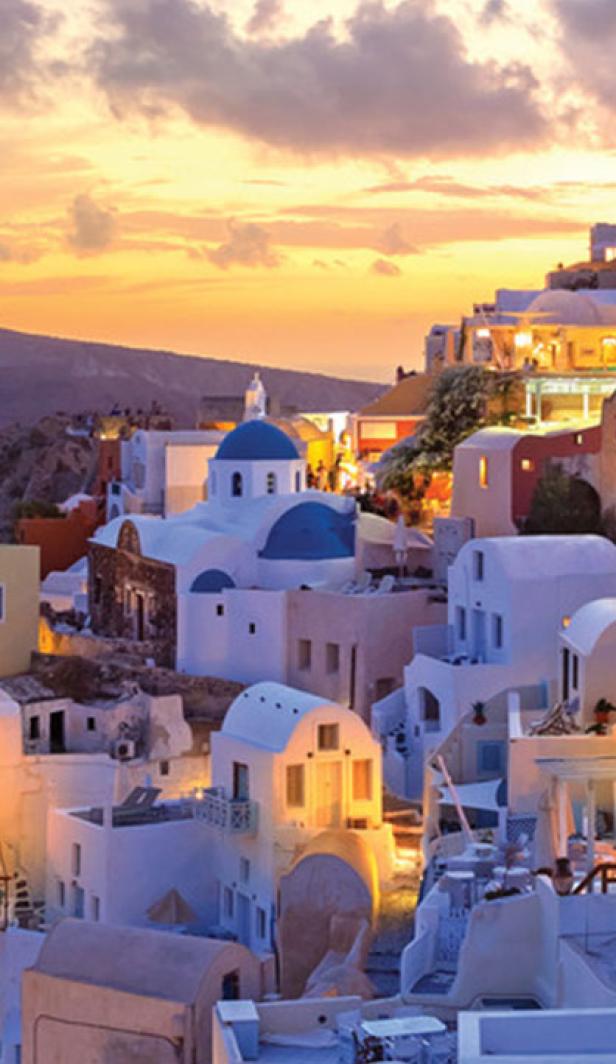The history of the French café
French coffee culture actually dates back centuries, primarily in Paris, where cafés would be a place of gathering for men to discuss news, gossip and business. Then, they would later become a place for revolutionists to discuss politics, to the Restoration period, which brought the more relaxed coffee drinking experience that we see today, meeting friends and leisurely catching up.
Sit back and enjoy the coffee
Cafés in France are places to indulge and enjoy coffee. Sitting in the main dining area or outside on the terrace on a hot summers’ day means that you plan on staying for a while and will be waited on. It is all about the coffee experience in France, where you can relax and watch passers-by. Whereas the bar area is for quick stops and no waiting service.
French coffee roast
French roast coffee is a regional coffee roasting style. In the 19th century, dark roast coffee was exceptionally popular. French coffee was one of the darkest roasts, and still remains so. For French coffee, the coffee beans do not need to be from any specific place, as it’s all in the process of roasting.
French roast coffee is intense, smoky and bold in flavour. During the roasting process, the internal temperature of the coffee beans reaches a very high temperature of 240 degrees Celsius. As the colour of the coffee beans begins to darken, more coffee oils appear on the surface. That is why French roast coffee beans are a darker brown and covered with oil.
During the roasting process, French roast coffee beans reach a "second crack". This means the beans make two cracking noises: one from the release of steam and the other when the cell walls of the beans break down and release oils. In most roasts, coffee beans only crack once. The darker the roast, the less caffeine content there is too.
Types of French coffee
When visiting an authentic French café, it’s important to remember that you are unlikely to see a coffee menu. For that reason, it’s good to have an understanding of the most common French coffee drinks available:
Café
If you order "un Café" in France, you will be served with a shot of espresso, which is the most standard and popular coffee drink you will find in France. It is typically served in a short, small cup.
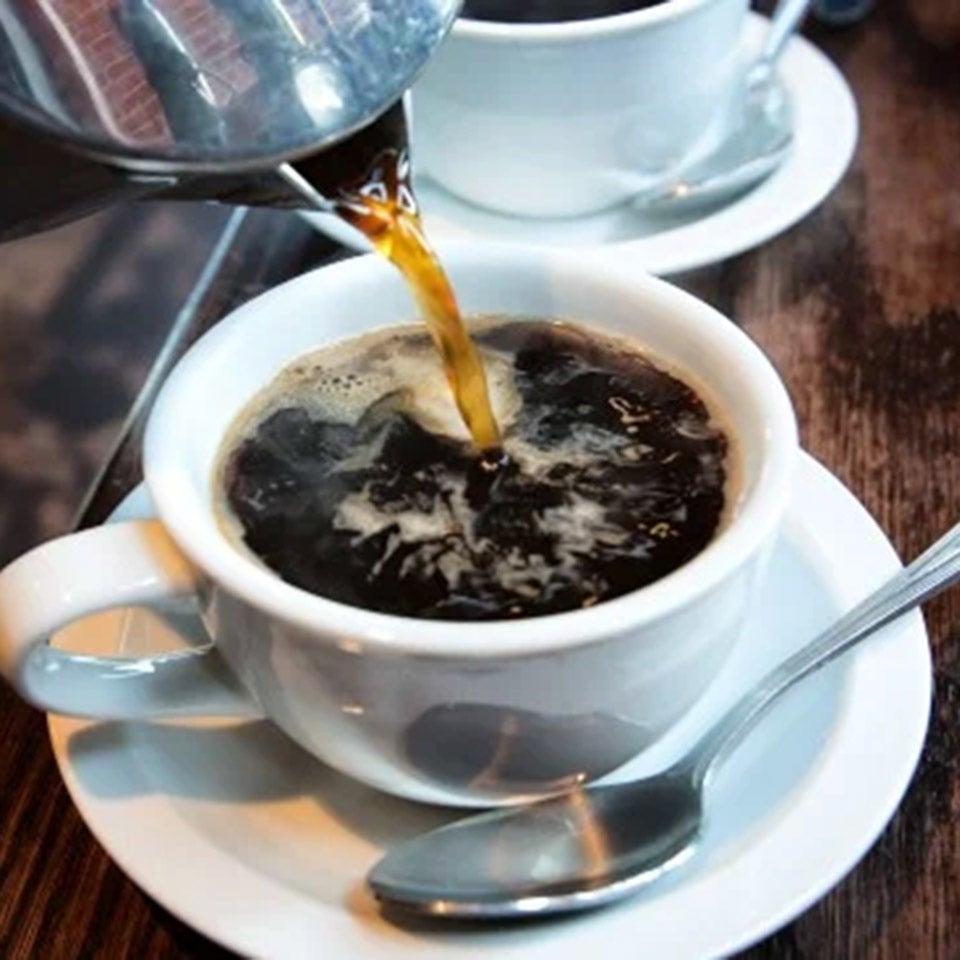
Café au Lait
What is it?
“Café au Lait” translates to “coffee with milk". Often, it is made with French pressed coffee and steamed milk is added. This coffee drink is very similar to a latte, but with even more milk. A Café au Lait is typically a breakfast drink.

Café Crème
Very similar to a Cappuccino, a Café Crème is an Espresso-based drink topped with a substantial amount of milky foam. This is again considered a breakfast drink and would not be typically drunk after 11am.
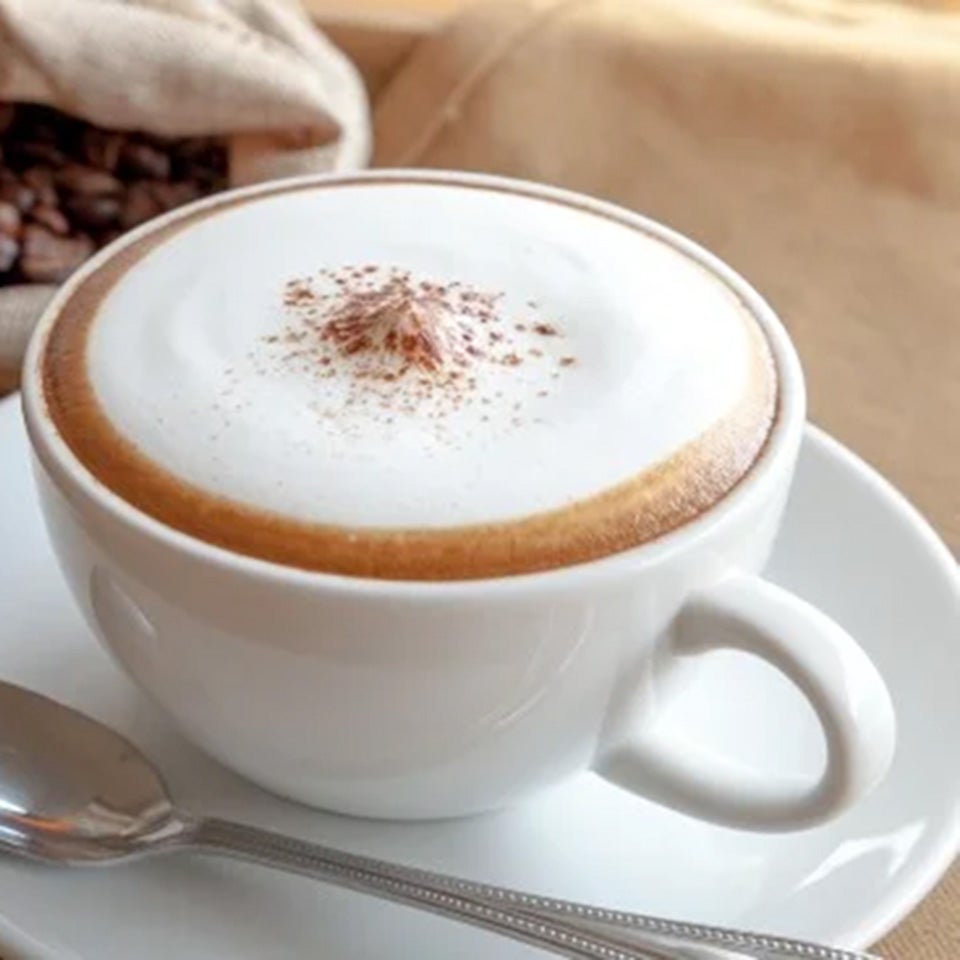
Café NoisetteCafé
Noisette is very similar to the Italian macchiato. It is made with a shot of espresso with a splash of hot, foamy milk. "Noisette" translates to hazelnut, and made correctly, this will be the colour of your Café Noisette coffee drink.
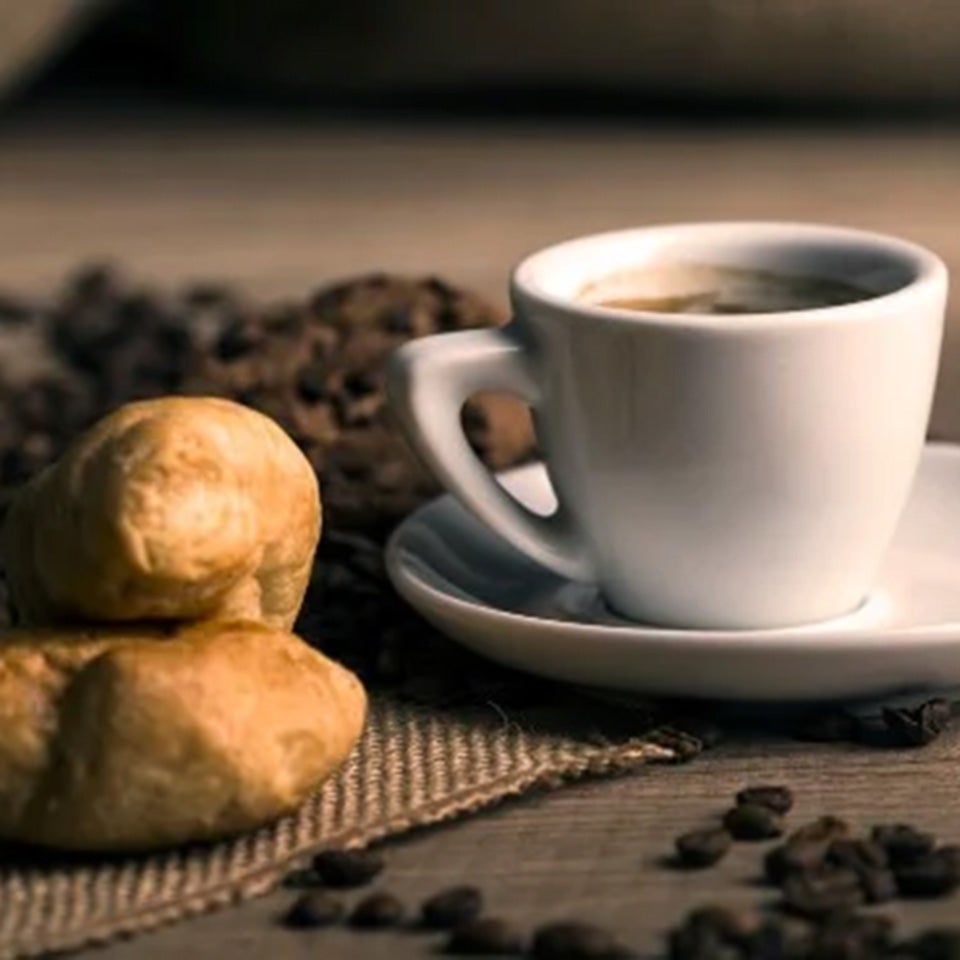
Café Americain
Essentially, the Café Américain is a black Espresso coffee drink, served in a regular mug with added hot water. It is usually served without milk, which can be requested.
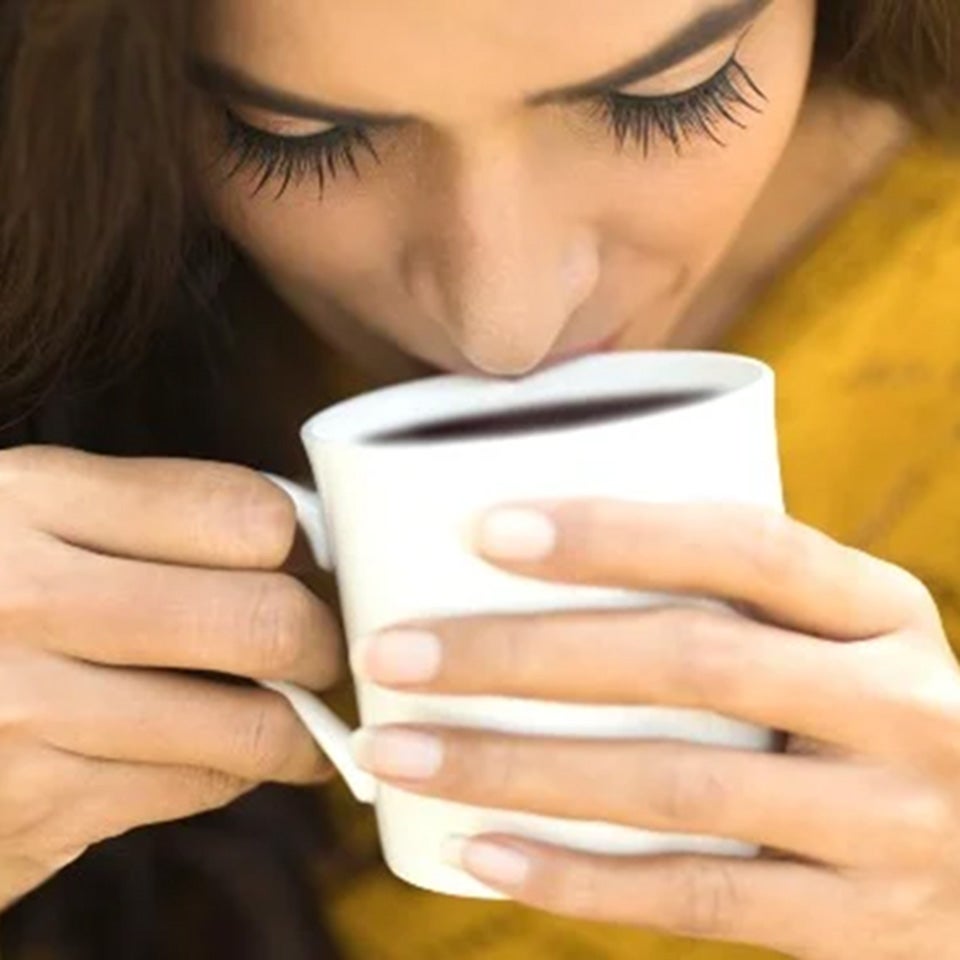
Typically, milky French coffees are consumed only in the morning, usually with breakfast – such as a tartine or croissant – and served in a larger, bowl cup. Espresso is not commonly consumed alongside food and instead is drunk after a meal, or on its own in the afternoon.
Now you know all there is about French coffee and the culture, discover all about Spanish coffee.
Today’s community favourites


